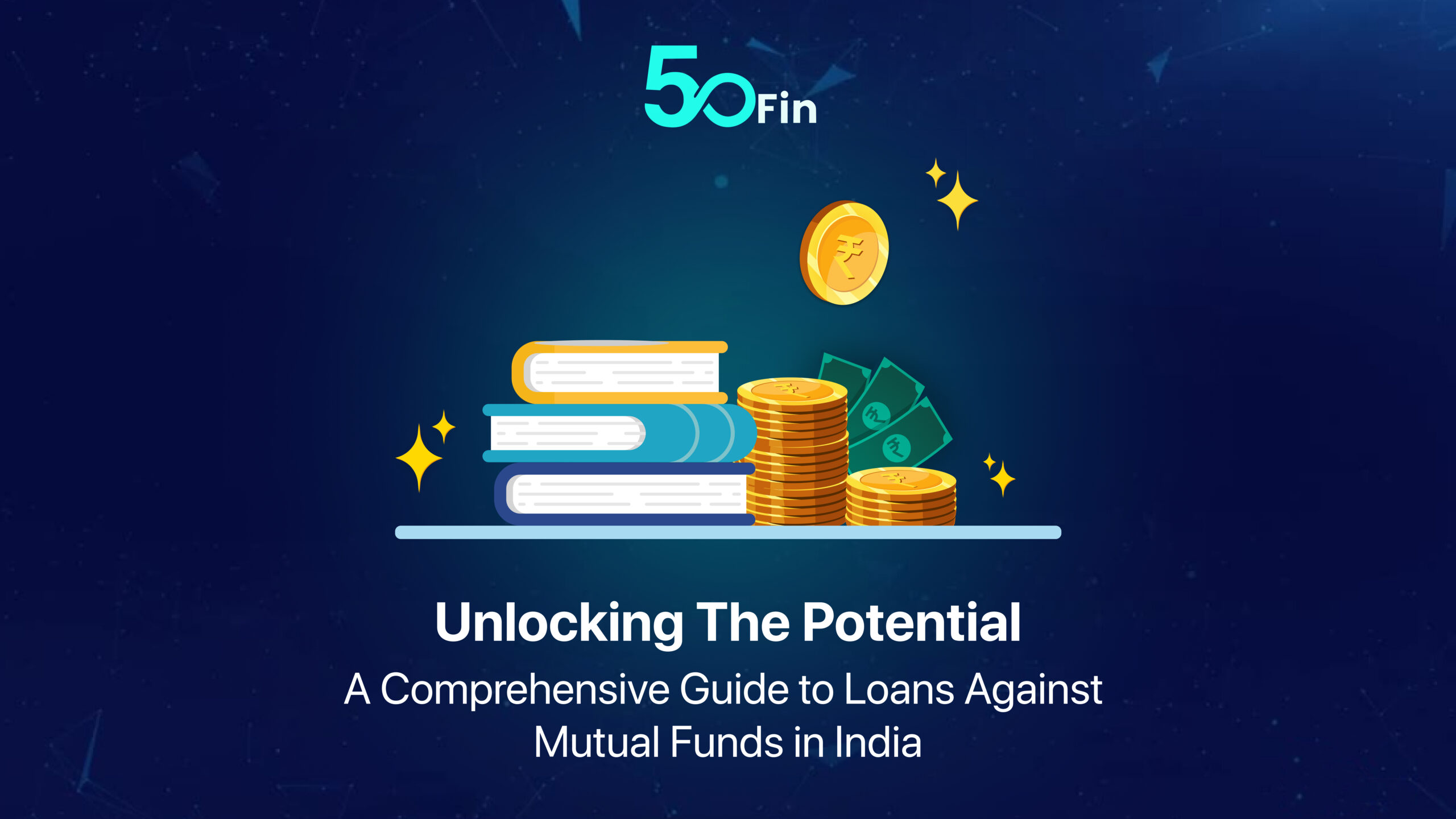
Navigating the Maze: Your Guide to Government-Backed Loan Programs in India
Introduction
In India, where financial needs can be diverse and access to traditional credit limited, government-backed loan programs offer a beacon of hope and support. These schemes, designed to empower various segments of society, come with attractive features like subsidized interest rates, longer repayment terms, and relaxed eligibility criteria. But with a plethora of programs available, navigating the options can be overwhelming. Let’s demystify some of the most prominent government-backed loan programs in India:
Government-backed loans for Education
Pradhan Mantri Vidya Lakshmi Karyakram (PMVLK): This scheme provides interest subsidies on educational loans from banks and financial institutions, making higher education more accessible for students from economically weaker sections.
National Scholarship Portal (NSP): A one-stop platform for various scholarships offered by the central and state governments for students pursuing different levels of education.
Government-backed loans for Agriculture
Kisan Credit Card (KCC): This scheme provides farmers with a pre-approved credit limit for agricultural inputs, working capital, and allied activities, with concessional interest rates.
NABARD Schemes: The National Bank for Agriculture and Rural Development (NABARD) offers various loan programs for farmers, including loans for dairy, poultry, fisheries, and horticulture, often with subsidized interest rates and flexible repayment options.
Government-backed loans for MSMEs
Pradhan Mantri MUDRA Yojana (PMMY): This scheme offers collateral-free loans up to ₹10 lakh to micro and small enterprises, categorized into Shishu (up to ₹50,000), Kishore (₹50,000 – ₹5 lakh), and Tarun (₹5 lakh – ₹10 lakh) based on loan amount.
Credit Guarantee Fund Trust for Micro and Small Enterprises (CGTMSE): This scheme provides partial credit guarantee to banks, encouraging them to lend to MSMEs without demanding collateral.
Government-backed loans for Housing
Pradhan Mantri Awas Yojana (PMAY): This scheme offers subsidies on home loans to various beneficiary groups, including economically weaker sections (EWS), low-income groups (LIG), middle-income groups (MIG), and slum dwellers.
National Housing Bank (NHB) Schemes: The NHB offers refinancing facilities to banks and housing finance companies, making housing loans more affordable for different segments.
Other Notable Programs
Stand Up India: This scheme facilitates loans up to ₹1 crore to Scheduled Castes (SCs), Scheduled Tribes (STs), and women entrepreneurs.
Startup India: This initiative offers various programs, including credit guarantee schemes and tax benefits, to support startups and boost innovation.
Remember: Eligibility criteria, interest rates, and application processes vary for each program. It’s crucial to visit the official websites of the respective implementing agencies or consult a financial advisor for detailed information before applying.
With careful research and informed choices, government-backed loan programs can unlock opportunities and fuel your dreams. So, explore the options, understand the intricacies, and embark on your journey towards financial empowerment!
Disclaimer: This blog is for informational purposes only and does not constitute financial advice. Please consult a qualified financial advisor before making any financial decisions.
FAQs
How do I determine if I qualify for government-backed loan programs?
Understanding the eligibility criteria is crucial. Factors such as income level, occupation, and location may affect eligibility for different schemes. Check the official websites of respective agencies or consult a financial advisor to assess your eligibility.
What are the interest rates like for government-backed loans?
Interest rates vary depending on the scheme and borrower profile. Generally, government-backed loans offer lower interest rates compared to traditional loans. However, it’s essential to research specific schemes to know the exact rates applicable.
How do I apply for government-backed loans?
Each program may have a different application process. Some may require online applications through dedicated portals, while others may involve visiting designated bank branches. Refer to the official websites or contact relevant authorities for precise application procedures.
What documentation is typically required for applying for these loans?
Required documentation can vary based on the loan program and the borrower’s profile. Common documents include proof of identity, address, income, and collateral (if applicable). Prepare these documents in advance to streamline the application process.
Are there any additional fees or charges associated with government-backed loans?
While many government-backed loan programs offer subsidized interest rates and relaxed eligibility criteria, there may still be processing fees, insurance charges, or other administrative costs involved. It’s essential to inquire about all associated fees and charges to understand the total cost of borrowing.
Get FREE Eligibility Report
Instantly check your eligibility for Loan Against Mutual Funds
- No Minimum CIBIL Required
- 100% Digital
- 4 Working hour disbursal
Looking for Loan Against Stocks?
Recent Articles
This comprehensive guide covers everything you need to know about loans against mutual funds in India, including benefits, eligibility criteria, interest rates, risks, the application process, and frequently asked questions.
This guide provides a comprehensive view of NSE and BSE stock market holidays for 2025, highlighting opportunities for long weekends and essential details for every trader. Use this resource to check if the Indian stock market is open today, plan for share market holidays tomorrow, or get insights into market closures throughout the year.
For Indian investors and borrowers, understanding ECS return charges and learning how to avoid them is crucial. This comprehensive guide covers everything you need to know



